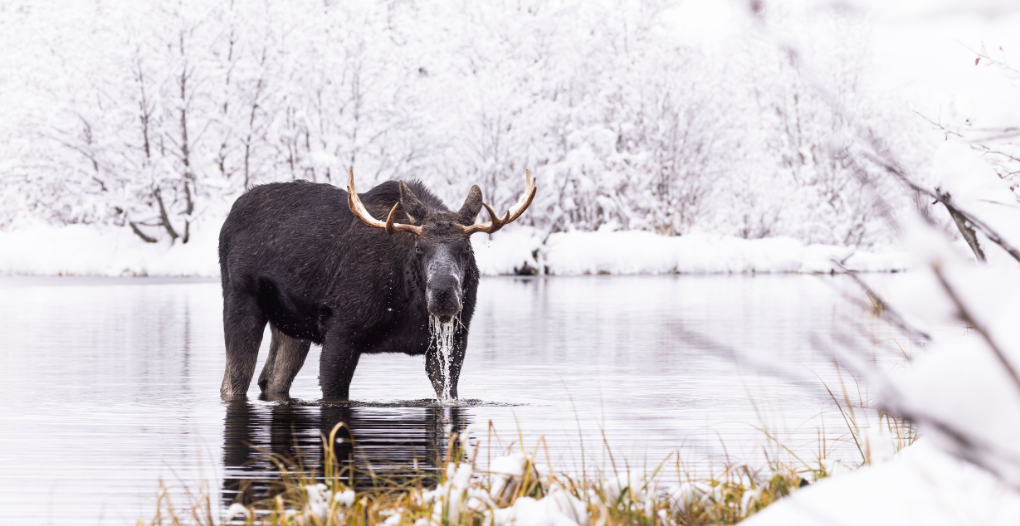Moose hunting can be rewarding for a first-timer, but it can’t take place without preparing in terms of knowing the environment and its regulations. While this can be intimidating to a newbie, you can improve your chances of a successful hunt with the proper guidance. Get on the right track for your moose-hunting adventure with these top tips.
Understand Moose Behavior and Habitat
Know the Moose
Moose are large, solitary animals and can be difficult to locate. Knowing their behaviours is the key to a successful hunt. Moose are generally most active during the early morning and late evening periods. They like to stay close to lakes, rivers, and wetlands, especially during the summer and early fall. Knowing their feeding patterns and seasonal movements will give you an edge in finding them.
Learn the Habitat
Moose prefer dense forests with a mix of open areas where they can graze. During the fall, they may go up higher to find food. Familiarize yourself with their terrain and study maps of your hunting area so you can pick out the best spots to set up your hunting strategies.
Get The Right Gear
Hunting Gear
Rifle and Ammunition: You will need a good gun for moose hunting. Standard calibres such as .30-06, .300 Win Mag, and .338 Win Mag are good options. Keep improving your shooting skills at the range to prepare for any situation.
Optics: Binoculars and a good-quality scope will help you spot moose from a great distance. Get optics that produce clear and bright images, especially in low light.
Clothing and Accessories
Proper Attire: Dressing in layers is critical to maintaining comfort through changing conditions. Opt for a moisture-wicking base layer, insulated mid-layer, and waterproof outer layer.
Footwear: Invest in sturdy, waterproof boots with insulation and traction to move across a wide range of terrain.
Plan Your Hunt
Research Local Regulations
Different regions have varying hunting season dates, bag limits, and licensing regulations. Newfoundland’s variable landscape and vegetation thus require different approaches. Research maps and consult with guides familiar with local conditions and hot spots.
Scouting an Area
Spend some time scouting an area well before the start of a hunting season. Look for moose tracks, droppings, and signs of feeding. Setting up trail cameras also helps get information about moose activity and movement patterns.
Calling Techniques
Learn Moose Calls
Moose calling is one of the most valuable ways to get moose to come to you. Many different types of calls can be used— such as cow calls, bull grunts and rattling. Learn these calls so you’ll sound like a moose.
Smart Calling
Timing and placement are keys to using calls. Call the early morning and late evening when moose are most active. Position yourself downwind from where you anticipate moose will come from so you won’t be detected.
Safety First
Be Aware of Hazards
Hunting moose combines rough country travel with the hazards of confronting big, powerful animals. Know the dangers and take appropriate steps to minimize the risks. You should carry a first-aid kit and learn basic first-aid techniques. Let someone know where you will hunt and when you expect to return.
Hunt Responsibly
Respect wildlife and the environment. Observe ethical hunting practices and do not cause unnecessary disturbance of the game. Leave no traces behind and clean up after yourself so the succeeding hunters can have an excellent natural habitat.
Start of Your Moose Hunting Journey
Moose hunting is unlike anything else for the excitement, patience, training, and expertise that go into it. Aiming to understand moose behaviour, getting the appropriate gear, planning your hunt, perfecting calling techniques, and being safety-aware will get you on your way to a successful hunt.

